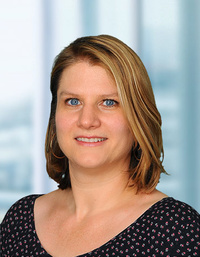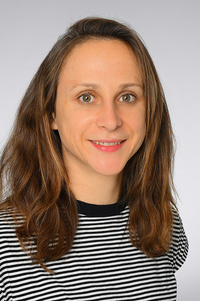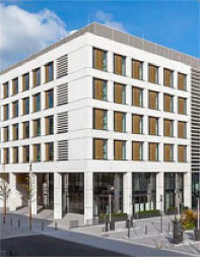PROJECT RELATED PUBLICATIONS
Höhne, M., Ising, C., Hagmann, H., Völker, L., Brähler, S., Schermer, B., Brinkkötter, P.T., Benzing, T. Light Microscopic Visualization of Podocyte Ultrastructure Demonstrates Oscillating Glomerular Contractions. Am. J. Pathol. 2013 182, 332–338.
Koehler, S., Brähler, S., Braun, F., Hagmann, H., Rinschen, M.M., Späth, M.R., Höhne, M., Wunderlich, F.T., Schermer, B., Benzing, T., Brinkkoetter, P.T. Construction of a viral T2A-peptide based knock-in mouse model for enhanced Cre recombinase activity and fluorescent labeling of podocytes. Kidney International 2017 91, 1510–1517.
Agustian, P.A., Schiffer, M., Gwinner, W., Schäfer, I., Theophile, K., Modde, F., Bockmeyer, C.L., Traeder, J., Lehmann, U., Grosshennig, A., Kreipe, H.H., Bröcker, V., Becker, J.U. Diminished met signaling in podocytes contributes to the development of podocytopenia in transplant glomerulopathy. Am. J. Pathol. 178, 2007–2019 (2011).
Agustian, P.A., Bockmeyer, C.L., Modde, F., Wittig, J., Heinemann, F.M., Brundiers, S., Dämmrich, M.E., Schwarz, A., Birschmann, I., Suwelack, B., Jindra, P.T., Ahlenstiel, T., Wohlschläger, J., Vester, U., Ganzenmüller, T., Zilian, E., Feldkamp, T., Spieker, T., Immenschuh, S., Kreipe, H.H., Bröcker, V., Becker, J.U. Glomerular mRNA expression of prothrombotic and antithrombotic factors in renal transplants with thrombotic microangiopathy. Transplantation 95, 1242–1248 (2013).
Becker, J. U., Hoerning, A., Schmid, K. W. & Hoyer, P. F. Immigrating progenitor cells contribute to human podocyte turnover. Kidney Int. 72, 1468–1473 (2007).
Bockmeyer, C.L., Säuberlich, K., Wittig, J., Eßer, M., Roeder, S.S., Vester, U., Hoyer, P.F., Agustian, P.A., Zeuschner, P., Amann, K., Daniel, C., Becker, J.U. Comparison of different normalization strategies for the analysis of glomerular microRNAs in IgA nephropathy. Sci Rep 6, 31992 (2016).
Meyer-Schwesinger, C., Dehde, S., Klug, P., Becker, J.U., Mathey, S., Arefi, K., Balabanov, S., Venz, S., Endlich, K.H., Pekna, M., Gessner, J.E., Thaiss, F., Meyer, T.N. Nephrotic syndrome and subepithelial deposits in a mouse model of immune-mediated anti-podocyte glomerulonephritis. J. Immunol. 187, 3218–3229 (2011).
Meyer-Schwesinger, C., Lange, C., Bröcker, V., Agustian, P., Lehmann, U., Raabe, A., Brinkmeyer, M., Kobayashi, E., Schiffer, M., Büsche, G., Kreipe, H.H., Thaiss, F., Becker, J.U. Bone marrow-derived progenitor cells do not contribute to podocyte turnover in the puromycin aminoglycoside and renal ablation models in rats. Am. J. Pathol. 178, 494–499 (2011).
Modde, F., Agustian, P.A., Wittig, J., Dämmrich, M.E., Forstmeier, V., Vester, U., Ahlenstiel, T., Froede, K., Budde, U., Wingen, A.M., Schwarz, A., Lovric, S., Kielstein, J.T., Bergmann, C., Bachmann, N., Nagel, M., Kreipe, H.H., Bröcker, V., Bockmeyer, C.L., Becker, J.U. Comprehensive analysis of glomerular mRNA expression of pro- and antithrombotic genes in atypical haemolytic-uremic syndrome (aHUS). Virchows Arch. 462, 455–464 (2013).
Worthmann, K., Peters, I., Kümpers, P., Saleem, M., Becker, J.U., Agustian, P.A., Achenbach, J., Haller, H., Schiffer, M. Urinary excretion of IGFBP-1 and -3 correlates with disease activity and differentiates focal segmental glomerulosclerosis and minimal change disease. Growth Factors 28, 129–138 (2010).




